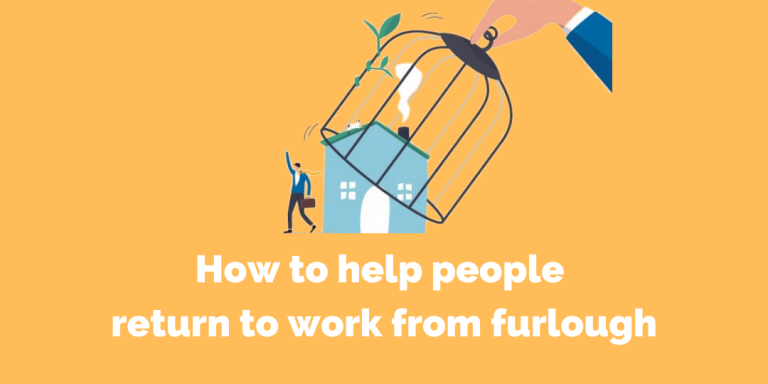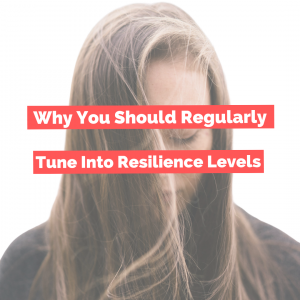With over 9 million UK jobs still furloughed at the beginning of August, a new survey from XpertHR suggests that two-thirds of people could be returning to work from furlough as early as September.
As businesses slowly start to emerge from six months of uncertainty – at least until any more waves of uncertainty – one of the next significant challenges for us to face up to is how well we help people when it comes to returning to work from furlough.
Organisations have a responsibility, now more than ever, to support the mental health and wellbeing of their people. After all, living through 2020 has required huge levels of resilience. If we assume that each of us have very different levels of resilience, it stands to reason that people will be feeling very differently about returning to any state of altered-normality.
Living through 2020 has required huge levels of resilience.
Human nature is often to show others that we are strong. We put ourselves out there for people and we don’t want to disappoint. Know that anyone returning to work is likely to have a mixture of emotions, from feeling fearful to excited. Some will feel completely out of the loop. There will be others anxious about returning and worried about readjusting to a structured working pattern…

…not to neglect potential conflict between those returning and others who have remained at work after their colleagues departed on furlough.
In this instance, it’s not quite as simple as a ‘one and done’ conversation before things can get back to anything-like-normal.
Leaders and managers in particular, must understand that these mixed emotions may well have a negative impact on performance and motivation, at least in the initial adjustment period. Communication – often the key element of any relationship – becomes so much more important. No news is ever good news in this situation, so start talking as early as possible. This falls down so many times because we worry that we need to have all the answers, or there may be sensitive information that we are unable to share. If this is the case, it can be a big help to simply let people know that you’ll find something out or provide an update as soon as you possibly can.
Be sure to check out these resources for further support...
Take advantage of all the opportunities to keep in touch both during the furlough period and leading up to welcoming people back into the team. Regular touch-points are a huge help in keeping people updated, maintaining the team bond and reducing feelings of exclusion. Weekly Zoom team-drinks have been a recurring feature in many team calendars and furloughed employees are still allowed to train and develop. Even a simple 10 minute wellbeing check-in every now and then nurtures the relationship and allows you to provide support as and when it’s needed.
An open and honest return to work conversation is needed as an absolute minimum. Take the time to update people on what they’ve missed without overloading them with unnecessary detail. Remember those mixed emotions? Discuss what people returning may be worried or concerned about. A new poll suggests a third of employers are planning on making redundancies in the next 3 months, so this could be a real concern for people even if they are returning from furlough. Redefine two-way expectations and what good looks like moving forward. Start the conversation around flexibility; many organisations are rethinking their traditional working approach because of how we have all had to adapt this year. People may well feel that a phased return, reduced hours or combining home and office-based working could help their work/life balance.
If it's okay to not be okay, then it's okay to feel daunted right now.
Provide development, coaching and support in the form of one-to-one conversations and team-based catch-ups to focus on the importance of mindset and resilience during this challenging time. We’ve all had our own experiences, not just throughout this year, throughout our entire lives.
Encourage people to reflect on:
What they have learned about themselves.
How they react to sudden and unexpected change.
Helpful and unhelpful coping strategies that may have developed.








